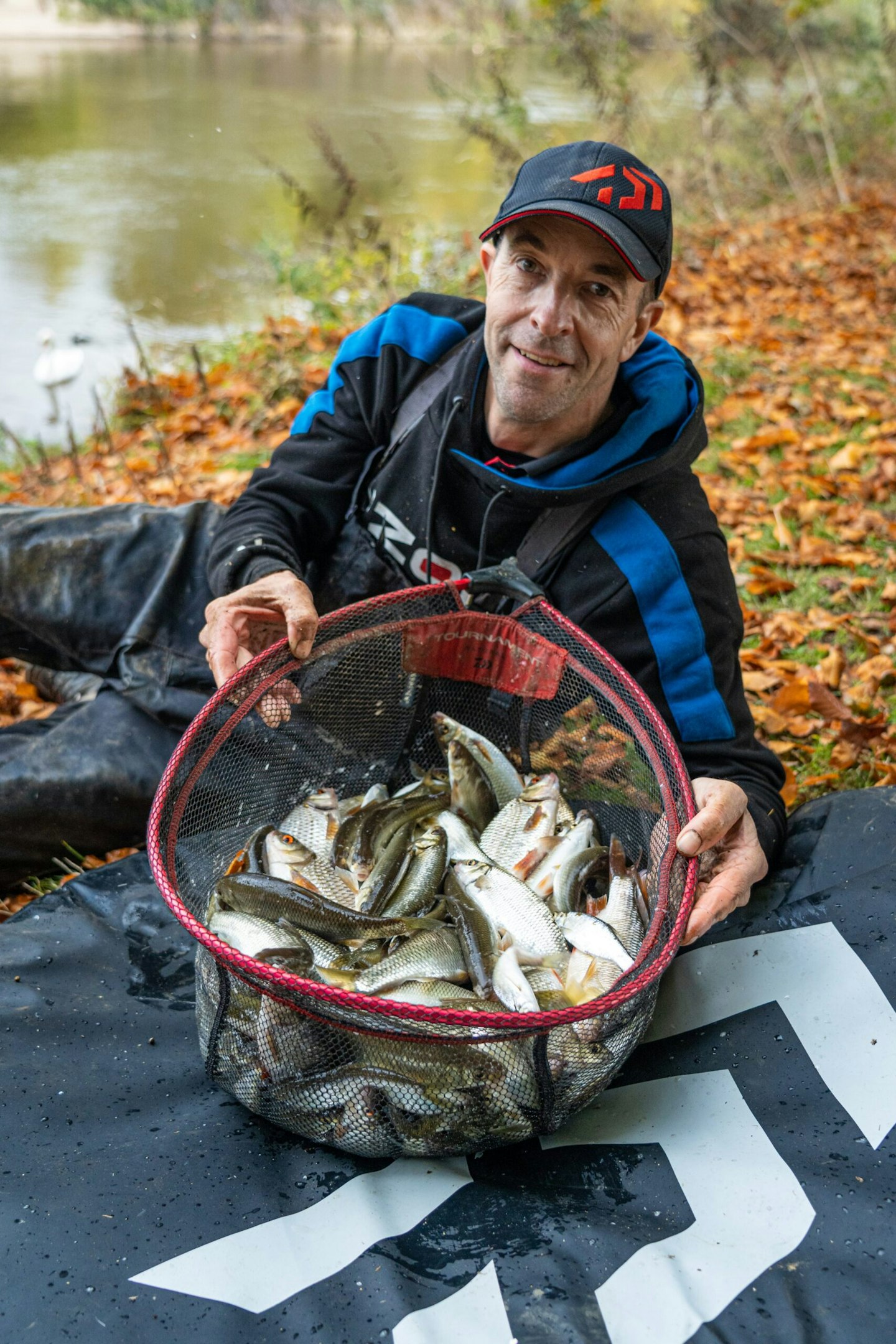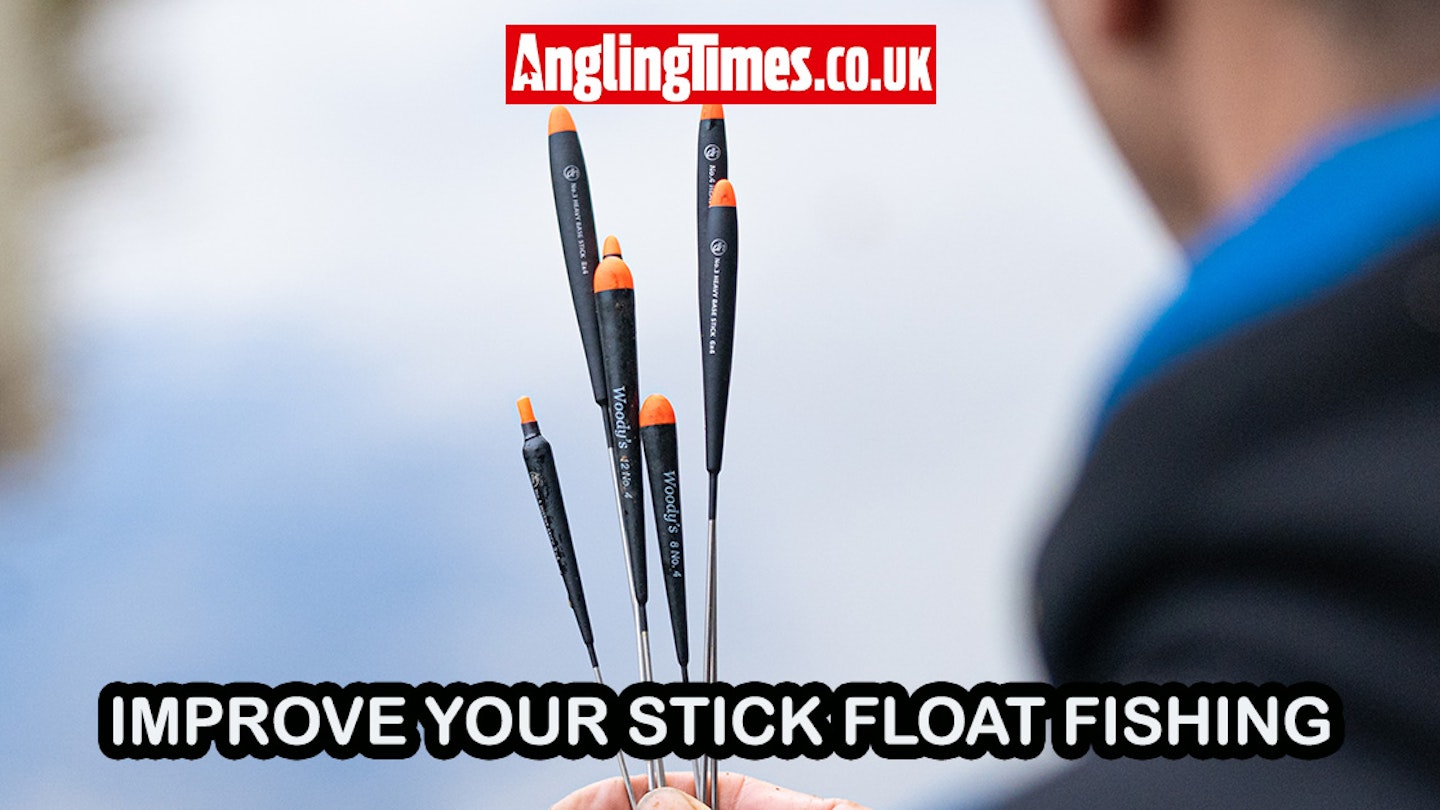Stick float fishing is a classic angling technique, making it an ideal starting point for anyone fishing a river for the first time, or a straightforward way to enjoy a day of fishing for more experienced anglers. It’s a simple and effective method for catching a variety of fish. In this guide, we’ll cover the fundamentals of the technique, from choosing the right tackle to mastering the basics
STICK FLOAT FISHING IS HIGHLY EFFECTIVE FOR ROACH, SEE OUR GUIDE TO THE BEST RIVERS FOR A NET OF ROACH.
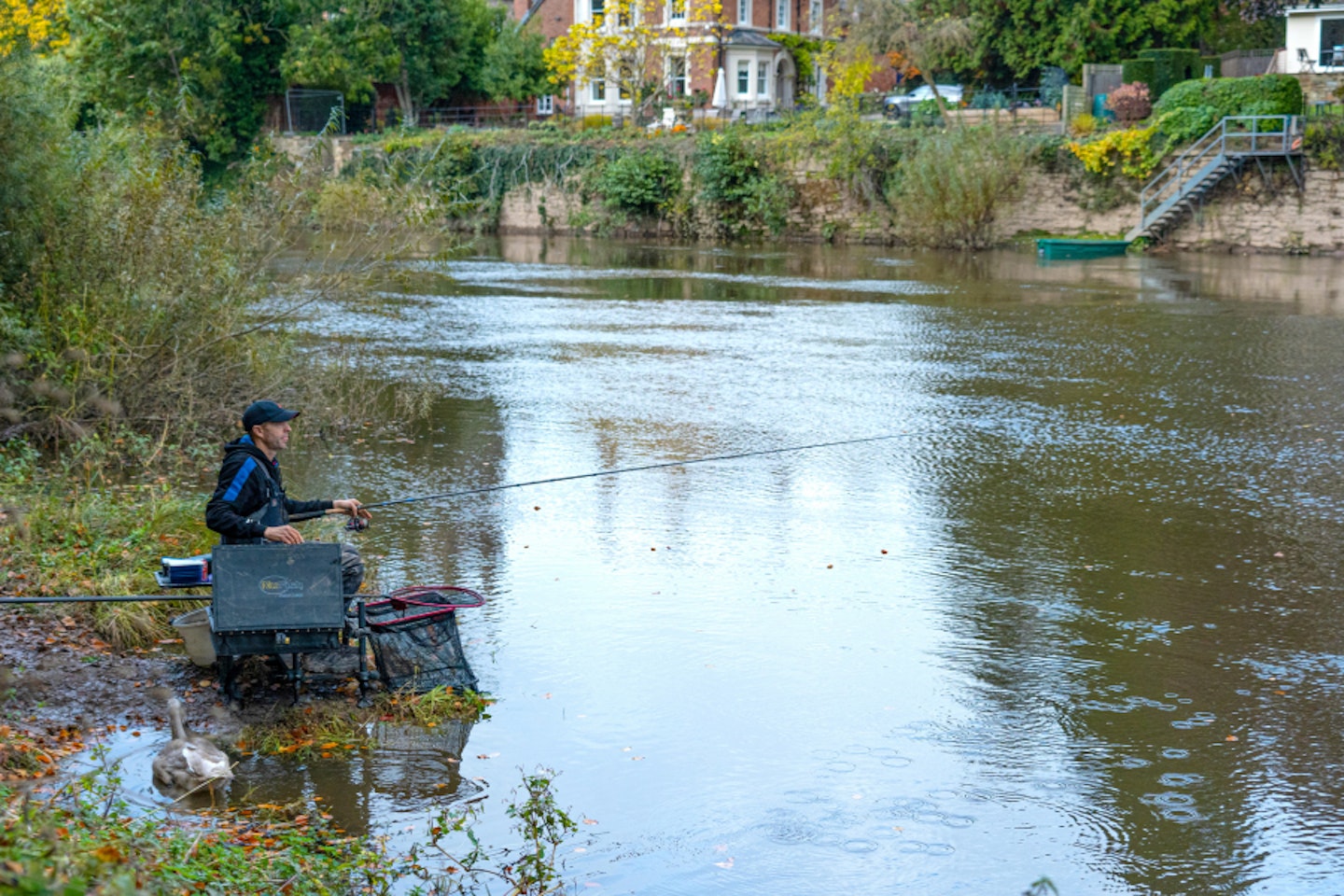
To successfully fish with a stick float, it’s important to choose the right conditions. The river should have a gentle, steady flow and be relatively shallow; a depth of up to 5 feet is ideal. In a deeper, fast-flowing, or turbulent river, a stick float is impractical for optimal presentation; therefore, a feeder approach would be more suitable.
Wind can also dictate whether a stick float is the correct approach. A slight upstream or crosswind is ideal, as strong downstream winds can make it difficult to control the float.
CHECK OUT OUR GUIDE TO THE BEST CHUB FISHING RODS FOR SOME EXCELLENT RODS TO FLOAT FISH WITH.
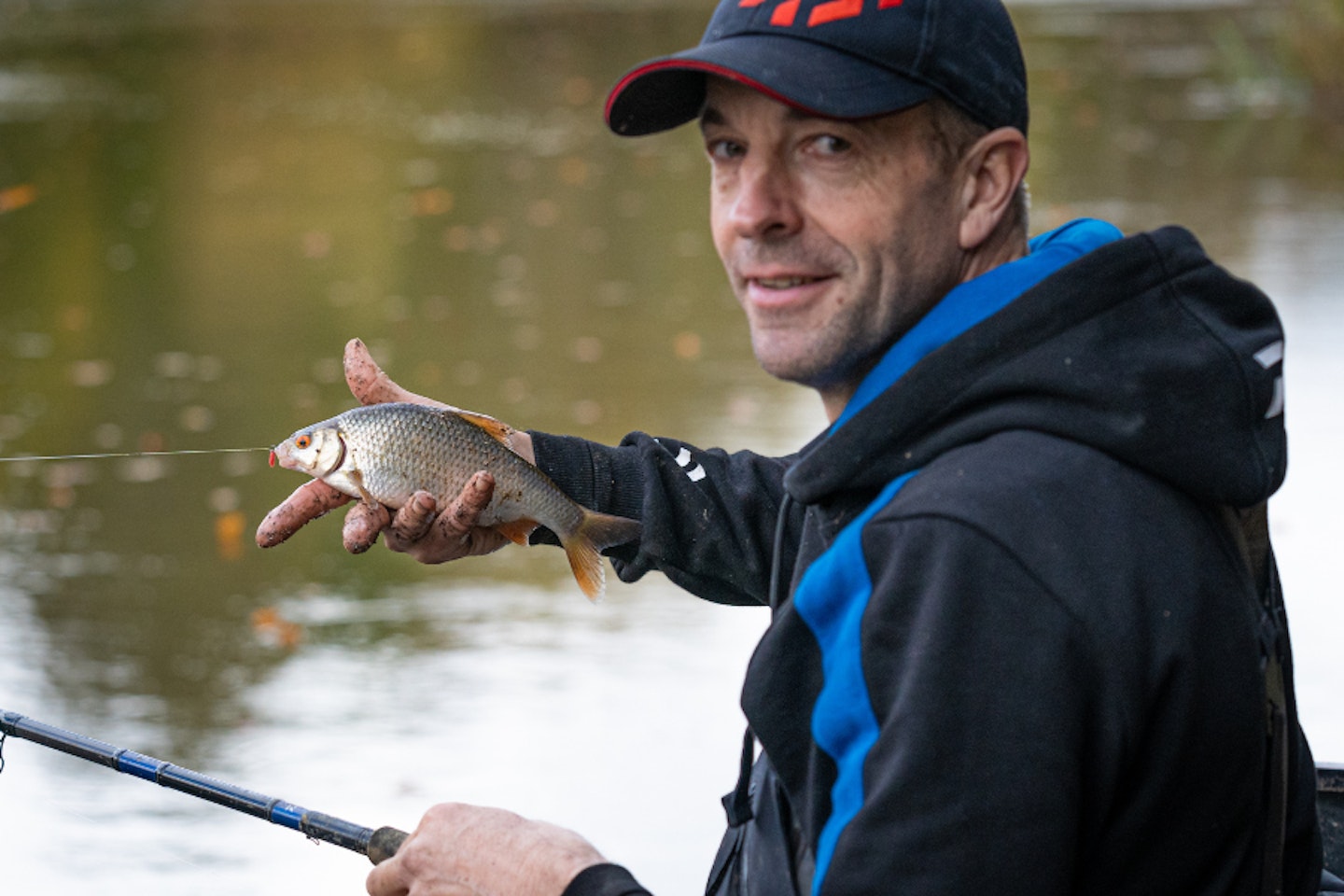
Tackling up
Choosing the right float
A good stick float should match the conditions. For fast-flowing rivers, a domed-tip float offers better stability, while a float with a tip is ideal for slower waters. The float's stem can also influence its performance. A wire stem provides more stability, while a plastic stem allows for a slower descent.
SEE OUR 5 TIPS FOR STICK FLOAT FISHING TO GET THE BEST OUT OF YOUR NEXT SESSION
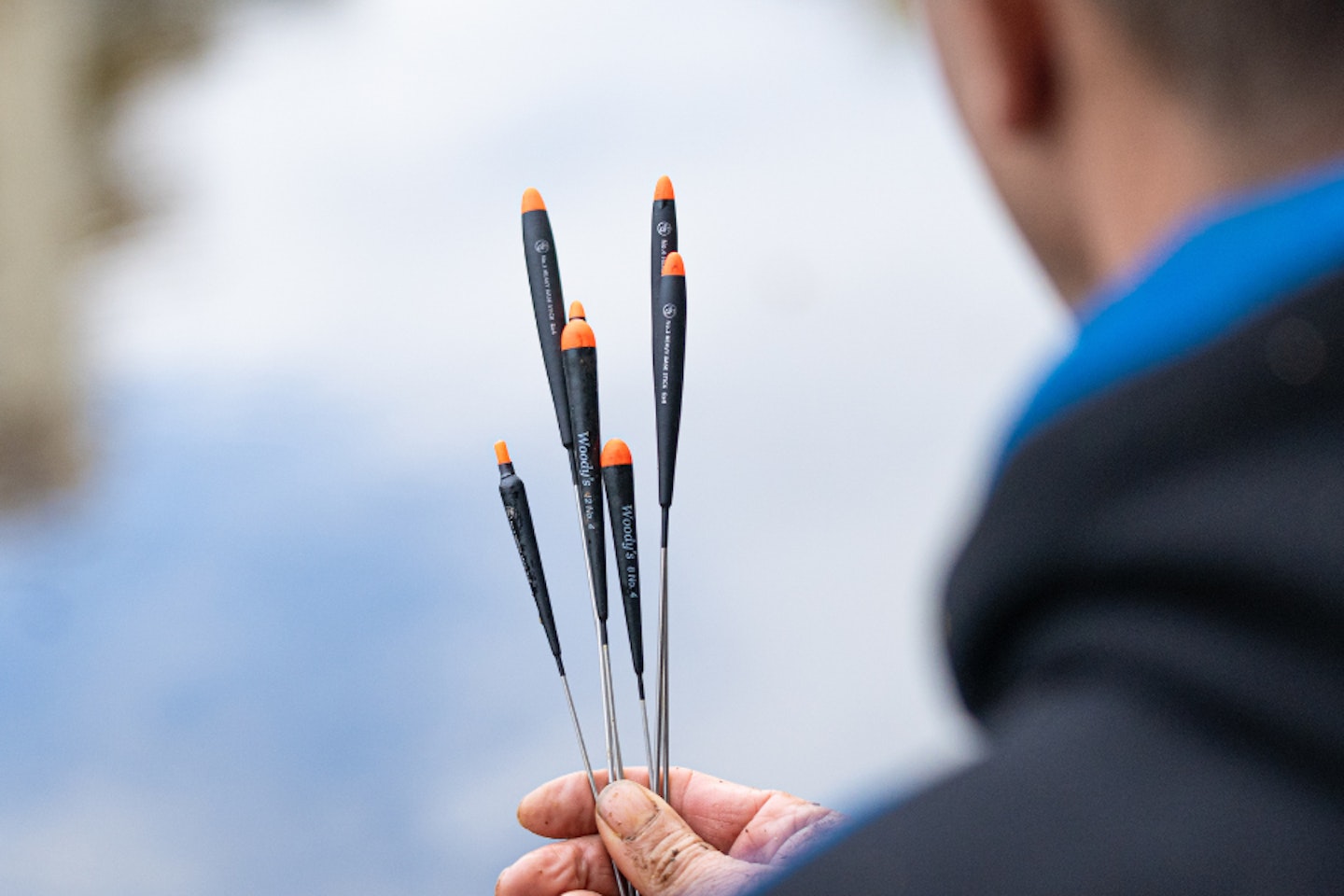
Attaching the float
The float needs to be attached to your line using rubbers, 3 on the stem and one below the tip offers the best control and security, helping to maintain your float in the same position on your line when striking and playing fish.
CHOOSING THE RIGHT SWIM IS IMPORTANT, OUR GUIDE HELPS YOU READ A RIVER TO GET MORE FROM YOUR FISHING.
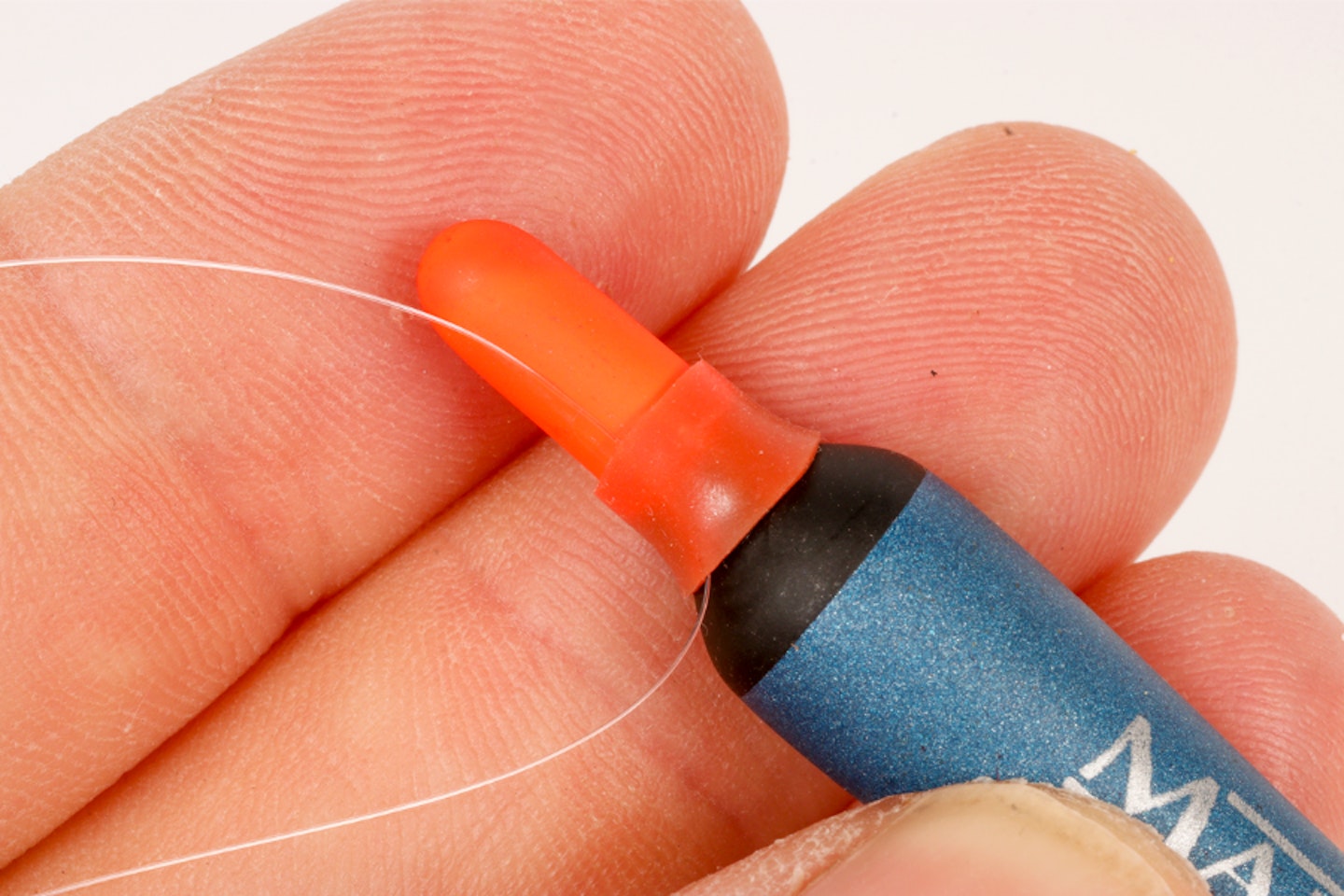
Shotting
Attach small shots, using no4's for a bulk and then smaller number 8's tapering down towards the hook in the bottom third of the rig. This helps to keep your bait at the right depth. To start the session, the rig should just be a few inches over depth to allow the bait to move along the bottom with the flow. You can alter this to suit where the fit are sitting as you begin feeding, sometimes they may rise in the water and you need to fish shallower.
CHUB ARE GREAT FISH TO CATCH ON A FLOAT, CHECK OUT THIS EXPERT GUIDE FOR MORE TIPS.
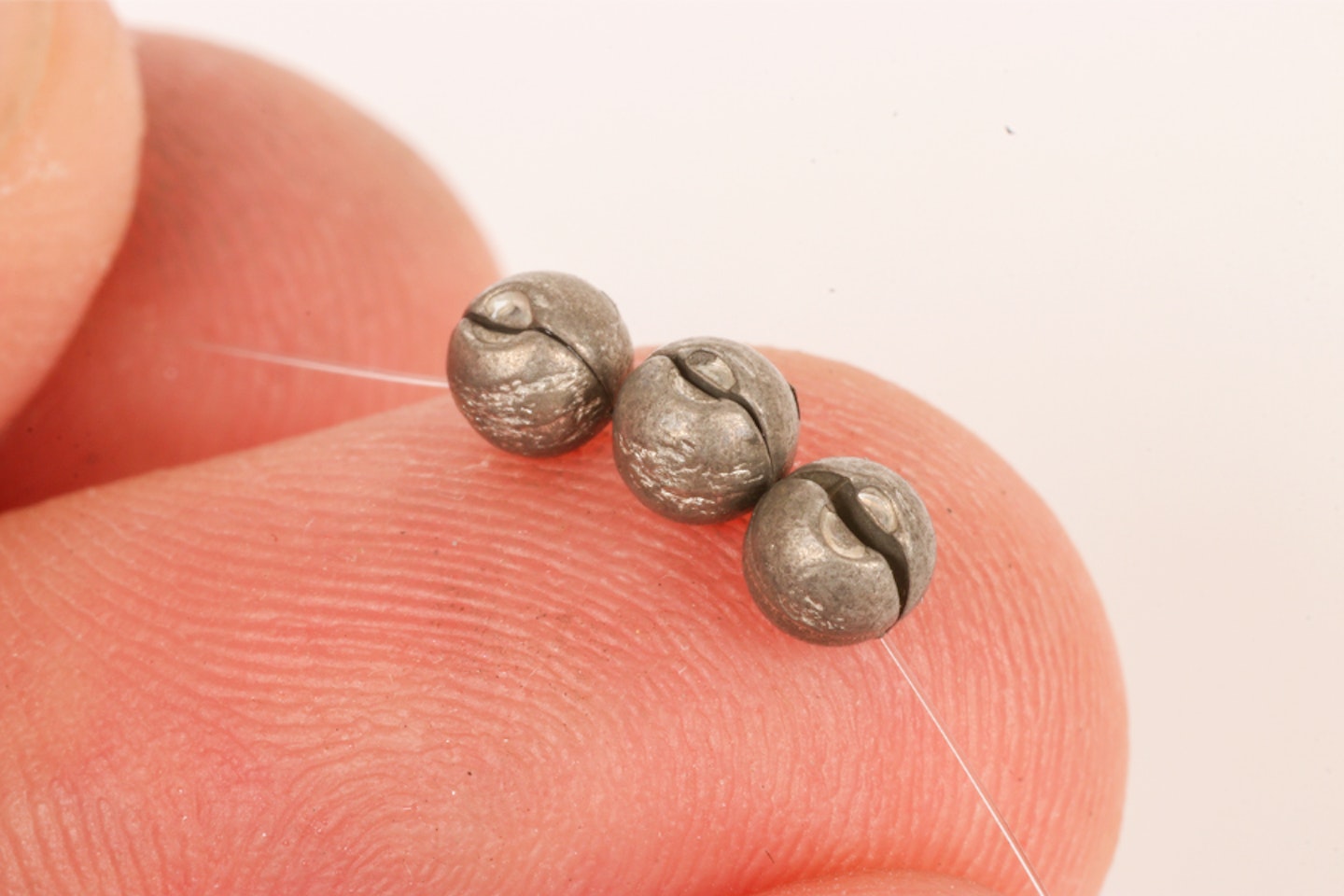
Selecting the correct hook and hookbait
A small hook is ideal, a size 16, is a good choice. You can use maggots, casters, or small pellets as bait effectively. With bigger baits like meat and bread, a hook around 8-12 is a great choice as not only can it be hidden easily, it will help prevent your bait falling off.
NEED HELP SELECTING THE CORRECT HOOK? READ THIS HELPFUL GUIDE FOR MORE INFORMATION.

Fishing the stick float
Casting the rig
Cast your line upstream of your target area, around four rod lengths out is optimum and offers the best control, and let the rig swing downstream with the flow. Keep the bail arm of your reel open and allow the line to release naturally using a finger to control the pace.
THE BEST FISHING REELSARE IDEAL FOR RUNNING A STICK FLOAT DOWN A RIVER.
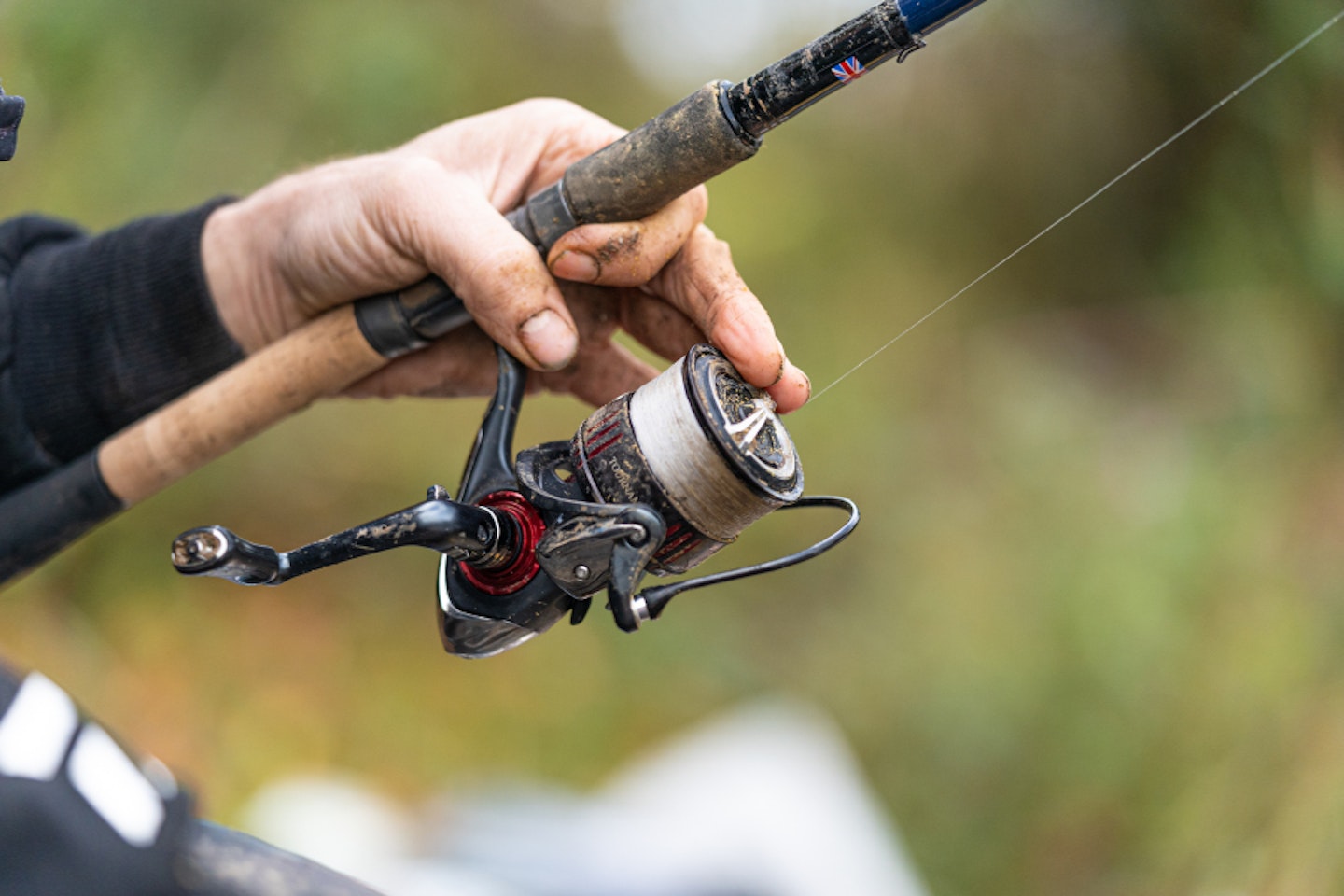
Presenting your bait
Once the float settles, gently allow the bait to drift towards the bottom. The rig should be set so that the bait can move with the flow. By gently holding the float back, you can allow the bait to rise in the current, sometimes inducing a bite.
Make sure you keep the line tight behind the float by mending the line. You can do this by holding the line under your finger and lifting the line quickly off the water to take any bow out the current may have caused.
THE BEST FISHING WADERS CAN HELP YOU GET OUT IN THE RIVER TO MAKE YOUR TROTTING EASIER.
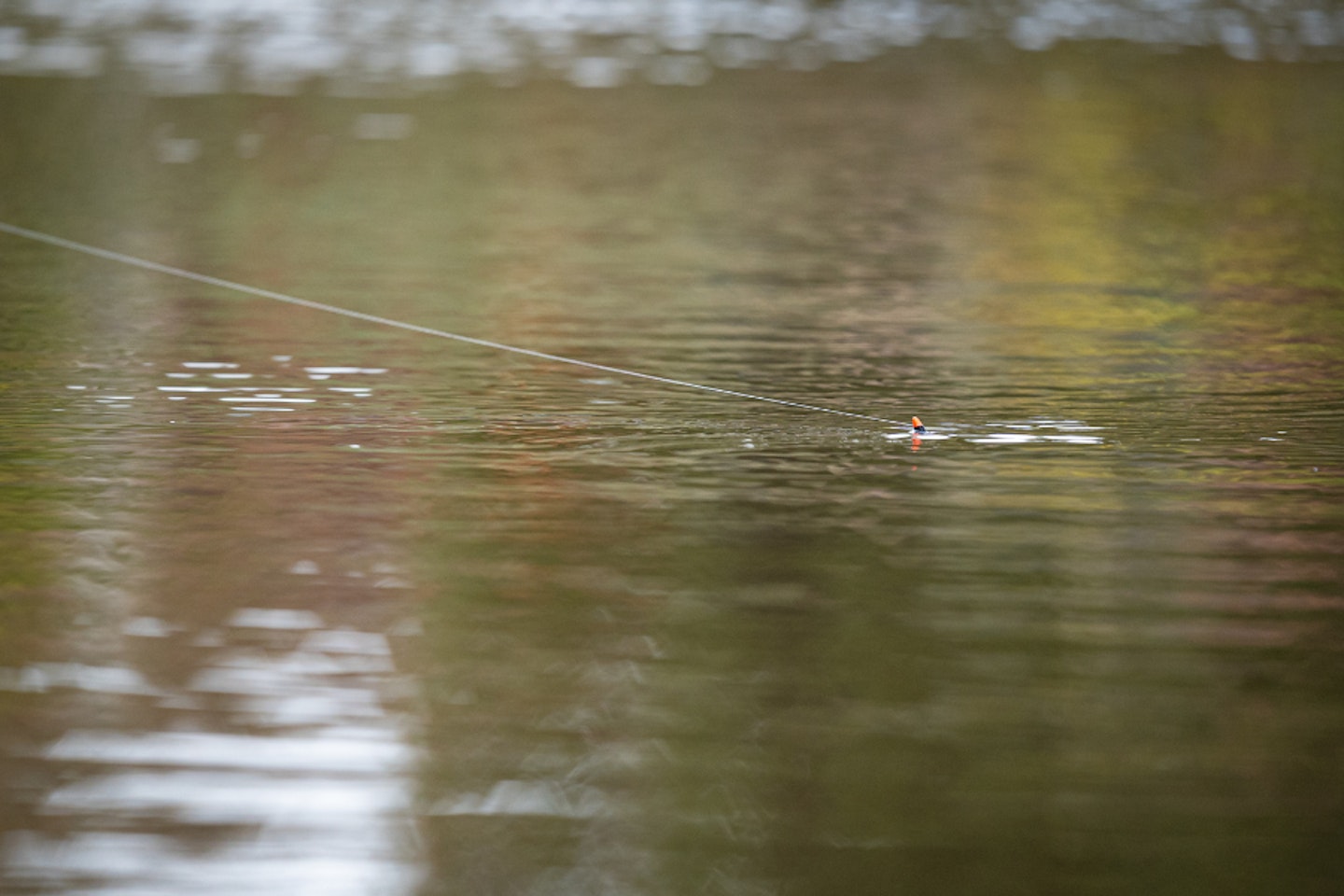
Watch the float
Keep a close eye on your float. Any movement, such as a dip or a pull, could indicate a bite and it's important to set the hook. Strike firmly when you see a clear bite indication.
Feeding
Feeding is a crucial part of stick float fishing. Regularly introducing loose feed, like maggots or casters, into the swim will attract fish and keep them interested. Groundbait can also be effective, especially in coloured water, but it's important to consider its effectiveness compared to particle baits like hemp or pellets.
ACCURATE FEEDING ON A RIVER IS FAR EASIER WHEN USING THE BEST FISHING CATAPULTS.

Tips for success
Experiment
Try different approaches, such as loose feeding particles, feeding groundbait or a combination of the two to discover what the fish prefer and how they want to feed.
Adjust the rig
If you're not getting bites, try adjusting your rig, such as changing the shotting pattern, depth or the hook size.
Patience
Fishing with a stick float is a slow and methodical approach. Being patient is key and waiting for the bites to come, because when they do you will be rewarded.
